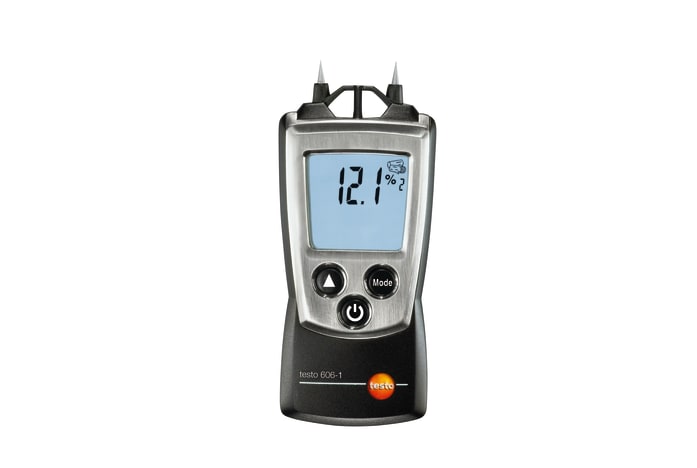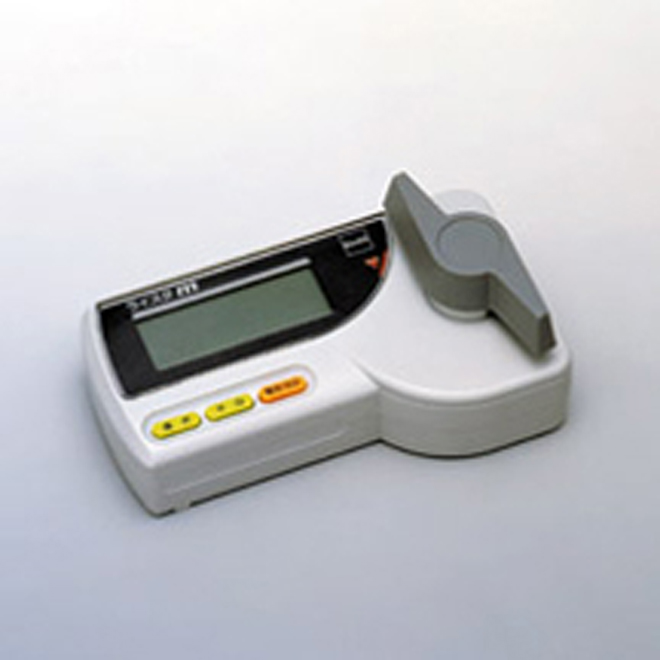How to Use a Moisture Meter to Spot Covert Water Damage in Your Residential property
How to Use a Moisture Meter to Spot Covert Water Damage in Your Residential property
Blog Article
Look Into the Globe of Moisture Meters: Whatever You Need to Know
In the realm of moisture meters exists a world of accuracy and functionality that often goes undetected. Understanding just how moisture meters operate, the various kinds available, and their varied uses can drop light on their relevance in guaranteeing top quality and efficiency.
Exactly How Moisture Meters Work
Moisture meters run by measuring the electrical conductivity or capacitance of products to determine the wetness content present. These meters are invaluable tools across numerous markets, including woodworking, farming, and construction. By using various methods such as pin-type or pinless innovation, wetness meters offer accurate readings that aid specialists make educated decisions.
Pin-type wetness meters work by putting the sharp pins right into the product being checked. On the other hand, pinless wetness meters utilize electromagnetic signals to scan a bigger location without creating any kind of damage to the material's surface.
Despite the method made use of, dampness meters play a vital duty in avoiding concerns such as mold growth, architectural damages, or product problems caused by excess wetness. Comprehending how these meters work is vital for ensuring the top quality and integrity of materials in different applications.
Sorts Of Moisture Meters
Given the essential duty dampness meters play in various markets, it is important to comprehend the different kinds available to professionals for properly evaluating wetness degrees - Moisture Meter. There are primarily two major kinds of wetness meters: pin-type and pinless wetness meters

On the various other hand, pinless wetness meters utilize electro-magnetic sensor plates to check a bigger area of the product without creating any type of damage. This kind is ideal for promptly scanning big areas and is generally used for floor covering, wall surfaces, and ceilings. Pinless meters are practical for taking analyses on finished surface areas without leaving any noticeable marks.
Both sorts of wetness meters have their benefits and are selected based on the particular demands of the task handy. Understanding the differences between these kinds is essential for professionals to make exact dampness analyses.
Applications Throughout Industries
With varied functionalities, moisture meters locate prevalent application across various markets, aiding professionals in making certain ideal conditions for frameworks and products. In the farming field, moisture meters are indispensable for identifying the dampness content in grains, seeds, and hay, making sure high quality control and stopping mold growth. Construction experts rely upon wetness meters to examine the dampness levels in structure products like drywall, concrete, and timber, which is essential for maintaining structural stability and preventing problems like rot or mold. The floor covering market uses moisture meters to determine the dampness material in subfloors prior to setting up numerous flooring treatments, preventing expensive damages as a result of excess dampness. In the food industry, moisture meters are made use of to check and regulate moisture degrees in items such as grains, nuts, and dried out fruits to keep quality and quality. In addition, wetness meters play a vital role in the repair and damage control industry by helping specialists resolve and identify water damage in buildings quickly. Throughout these diverse industries, moisture meters are crucial tools for ensuring the high quality, safety, and durability of different products and items.
Tips for Making Use Of Wetness Meters
When gauging the moisture content in numerous materials,Utilize the wetness meter's calibration settings to ensure accurate analyses. Calibration is important for the appropriate performance of a moisture meter. Before each usage, it is recommended to examine and change the calibration settings according to the specific product being evaluated. Furthermore, see to it the meter is set to the correct wetness variety for the product you are measuring to acquire one of the link most precise outcomes.
When using a pin-type dampness meter, place the pins to the proper depth suggested for the product being tested. This makes certain that the dampness analyses are taken from the appropriate depth within the product, providing a much more exact representation of its moisture material. For pinless dampness meters, bear in mind to keep correct contact with the product's surface area to get trustworthy readings.
Routinely inspect and replace the batteries in your wetness meter to avoid inaccurate analyses because of navigate to these guys low power. When not in usage to prolong its lifespan and keep its precision, Shop the meter in a completely dry and secure area. By following these suggestions, you can maximize the performance of your dampness meter and obtain precise wetness web content measurements throughout various materials.
Upkeep and Calibration
To ensure the accuracy of dampness content measurements, normal upkeep and calibration of the moisture meter are vital action in its appropriate functioning. Maintenance involves maintaining the moisture meter cost-free and tidy from debris that might affect its readings. It is essential to comply with the manufacturer's guidelines for cleansing to protect against damages to the gadget. Additionally, normal calibration is necessary to confirm the precision of the analyses. Calibration changes the wetness meter to make certain that it gives trusted and consistent results.
Calibration ought to be carried out periodically, particularly if the wetness meter is utilized often or in critical applications where exact measurements are required. By calibrating the wetness and keeping meter consistently, individuals can trust the accuracy of the dampness web content measurements acquired.
Conclusion

Finally, dampness meters play an essential function in different industries by accurately gauging the moisture content of products. Comprehending exactly how these devices work, the different kinds readily available, and proper maintenance and calibration are essential for getting reliable results. Whether in building and construction, production, or farming, making use of wetness meters aids guarantee top quality control and effectiveness in procedures.

In final thought, wetness meters play an essential function in different industries by precisely gauging the dampness content of materials.
Report this page